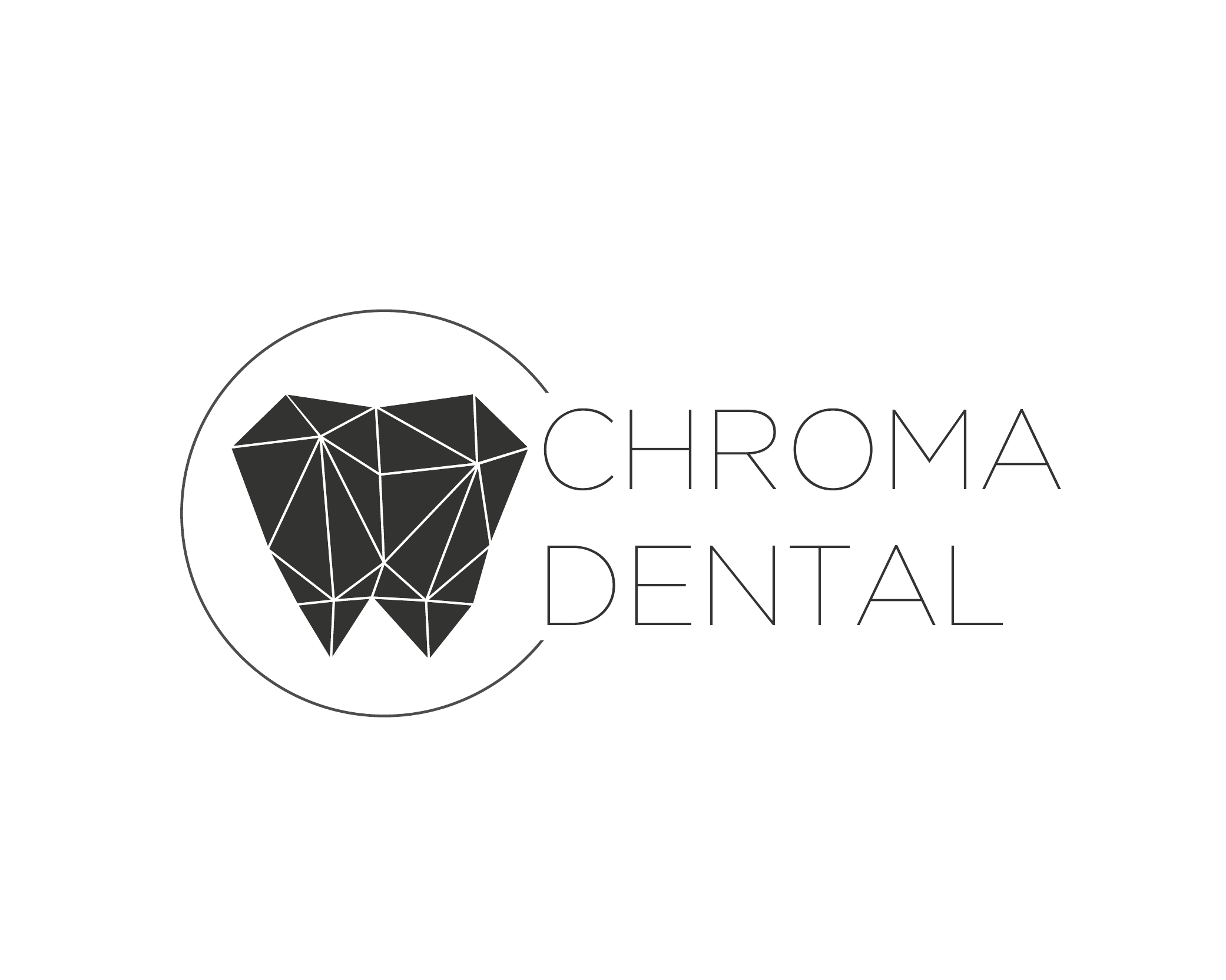Dermal fillers are medical-grade gels placed beneath the skin to replenish lost volume, smooth lines, and support facial contours. Many modern fillers are based on hyaluronic acid (HA), a substance that naturally occurs in healthy skin and helps retain moisture and structure. As patients age or experience sun damage, HA levels decline, which can lead to flattening of the cheeks, deeper folds around the nose and mouth, and a general loss of facial fullness.
When injected strategically, fillers provide immediate structural support that lifts soft tissues and fills depressions. This is not merely a surface treatment: by restoring volume in targeted areas, fillers can rebalance the forces that shape expression and posture, creating a more harmonious and refreshed appearance. The change is typically subtle when performed conservatively—enhancing what’s already there rather than creating an artificial look.
Because HA-based fillers attract and hold water, they both restore contour and improve skin hydration. The result is often a smoother skin surface and a visible reduction in lines and folds. For patients who prefer a non-surgical approach to facial rejuvenation, dermal fillers offer predictable, reversible results with relatively little downtime compared with invasive surgical options.
Fillers are versatile and can be used across many facial zones. Common treatment areas include the cheeks to restore midface projection, nasolabial folds and marionette lines to soften expression creases, the lips for subtle definition and volume, and the under-eye hollows to reduce shadowing. Fillers can also refine the jawline, smooth chin contours, and address shallow scars or depressed areas that affect facial symmetry.
Outcome expectations should be grounded in facial balance rather than dramatic transformation. A well-planned treatment sequence focuses on restoring the framework that supports the skin, which often improves multiple areas at once. For example, adding lift to the cheeks can decrease tension on the lower face and reduce the appearance of nasolabial folds without direct filler in that line.
Because every face is unique, treatment plans are customized to each patient’s anatomy and aesthetic goals. During a consultation, clinicians assess facial proportions, skin quality, and movement patterns to recommend the most effective approach. Patients typically appreciate a staged plan that prioritizes natural-looking improvement and preserves expressiveness.
Not all fillers are the same. Products vary by their HA concentration, cross-linking technology (which affects durability and firmness), and intended thickness. These differences determine how a filler behaves in tissue—whether it integrates softly for delicate areas like the lips or provides firmer support for cheek augmentation. Understanding these characteristics is essential to matching the product to the treatment objective.
Safety begins with using FDA-cleared or widely accepted medical formulations and following strict sterile technique. Providers also evaluate each patient’s medical history, allergies, and any medications that could increase bruising or interfere with healing. Choosing an experienced injector reduces risk because precise placement and appropriate volume are critical to avoiding complications such as lumpiness, asymmetry, or vascular compromise.
Another important safety advantage of HA-based fillers is reversibility: a specific enzyme can dissolve hyaluronic acid if adjustments are needed. This removes a layer of uncertainty for patients and allows clinicians to correct issues more readily than with non-reversible materials. Ongoing training, conservative dosing, and careful follow-up make filler treatments both effective and responsible clinical choices.
Preparation begins with a focused consultation where expectations, medical history, and a treatment roadmap are discussed. Patients are advised on any temporary precautions—such as avoiding certain supplements or blood-thinning medications when appropriate—to reduce bruising. Clear pre-procedure guidance helps ensure a smoother treatment experience and a more predictable recovery.
Actual injection appointments are typically brief. Local anesthetic options are used when needed to improve comfort, and many fillers contain lidocaine to minimize pain during placement. Skilled injectors use a combination of needles and cannulas depending on the area being treated to enhance precision and reduce trauma. The goal is an efficient, controlled procedure that minimizes swelling and bruising while achieving the planned correction.
After treatment, mild swelling, tenderness, and occasional bruising are common and generally resolve within a few days to two weeks. Patients receive specific aftercare instructions—such as avoiding intense exercise for 24–48 hours and skipping facial massages unless advised—to support healing. Follow-up visits are scheduled to evaluate results and, when necessary, perform minor refinements.
Dermal filler results are durable but not permanent; longevity depends on product choice, treatment area, and individual metabolism. Periodic touch-ups help preserve the improvements and can be incorporated into a comprehensive facial maintenance plan. For many patients, combining fillers with other minimally invasive treatments—like neuromodulators or skin-resurfacing therapies—provides complementary benefits and a more complete approach to rejuvenation.
Because facial form and function are closely linked to oral health and dental structure, coordinating aesthetic facial treatments with dental care can produce more harmonious outcomes. For example, changes in lip support or bite dynamics can subtly influence how fillers perform over time. Integrating dental expertise into the aesthetic plan helps ensure that interventions support both appearance and long-term function.
Patients should also adopt sensible skin-care and lifestyle measures—sun protection, hydration, and healthy habits—to maximize the lifespan of filler results. Regular follow-up with a qualified provider enables timely adjustments and provides an opportunity to reassess goals as the face ages naturally. Thoughtful maintenance keeps enhancements feeling fresh and aligned with evolving preferences.
In summary, dermal fillers are a proven option for restoring facial volume, smoothing lines, and enhancing natural contours with minimal downtime. When selected and placed by experienced providers in a clinical setting, fillers offer predictable, reversible improvements that respect expressiveness and facial balance. To learn more about how dermal fillers could fit into your individualized care plan, please contact us for additional information and to schedule a consultation with our team at Chroma Dental.
